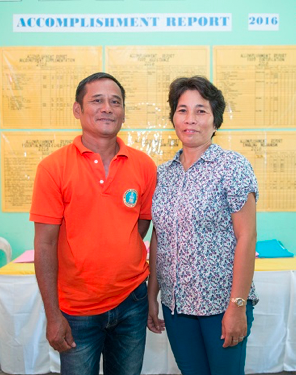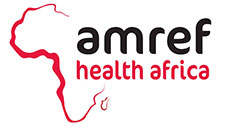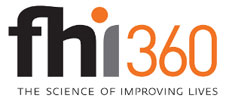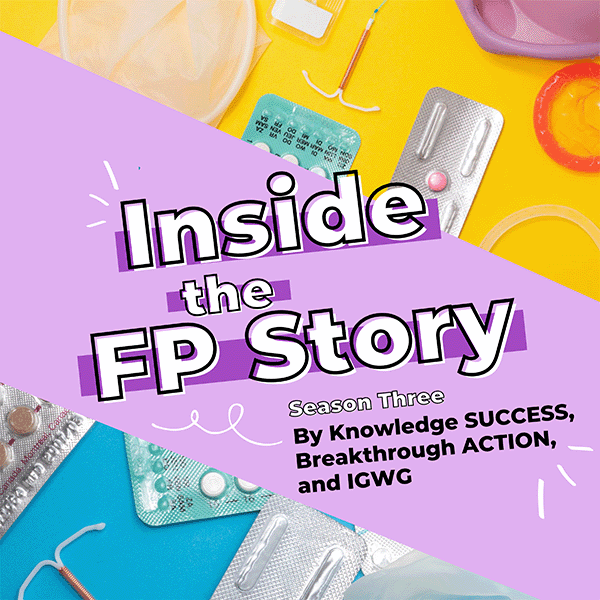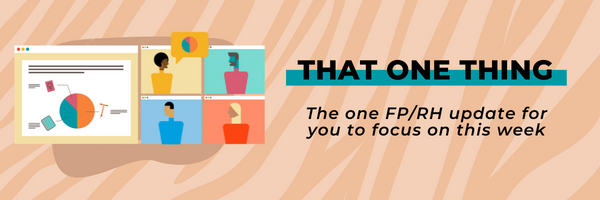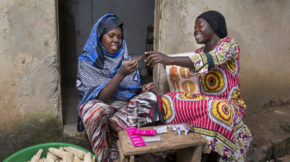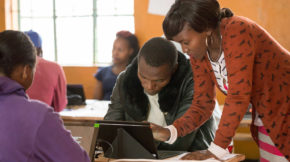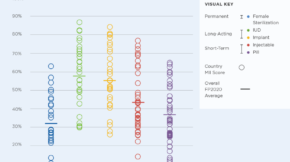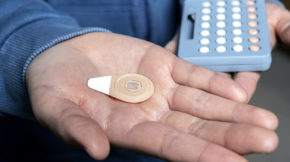Our Principles
About Us
Our Core Principles
Self-reliance is an ethos that shapes the way we structure our team and drives the very heart of our work. Our work is guided by core principles that place commitment and capacity front-and-center, ensuring that when we do exit from a project activity, our partners are not only positioned to continue it, but will thrive doing so.
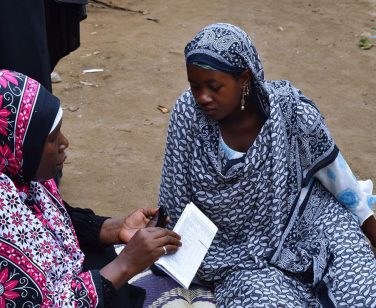
Let local lead.
We start every relationship recognizing that we are not the local experts; we are here to help the experts. That means listening first, leading from behind, and using what we know to help our partners reach their aspirations.
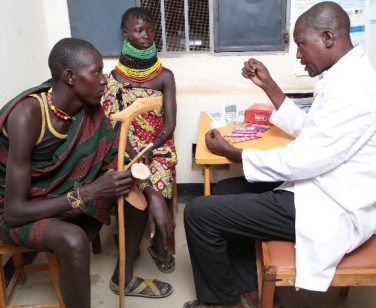
Put people at the center.
We problem-solve based on our partner’s unique challenges – and then work together to nurture a culture of openness and continuous learning that is authentic to who they are and what they need.
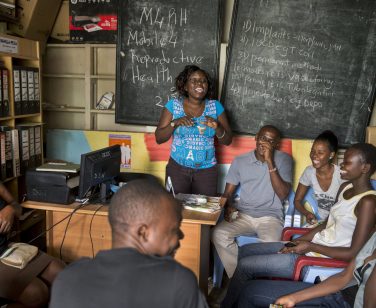
Be inclusive.
We walk hand-in-hand with our local partners, recognizing each other’s strengths and acknowledging no partner is more important than the other.
We’re committed to strengthening the ability of our local partners to solve their challenges.
Our approach builds capacity by design. When people help develop and implement their own solutions, not only do they get a solution that works, but they gain the skills and motivation to continue to adapt, tailor, and own it. This results in stronger, more self-sufficient partners and programs.
